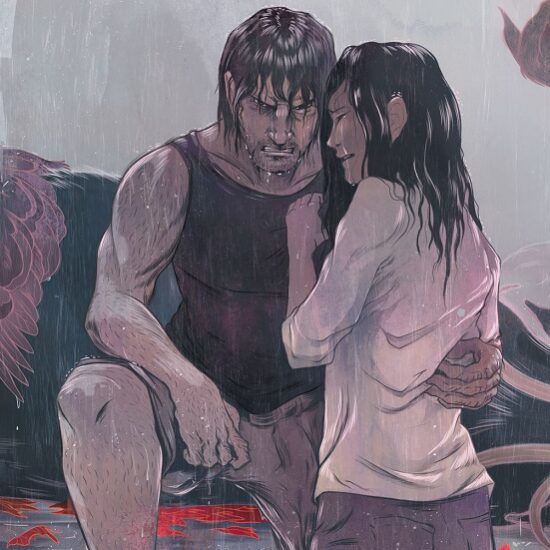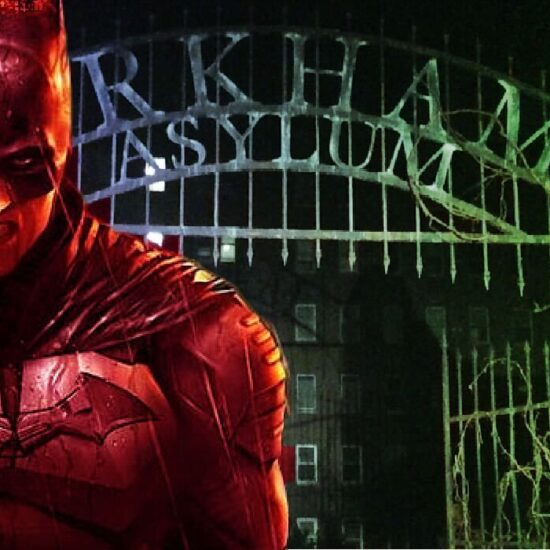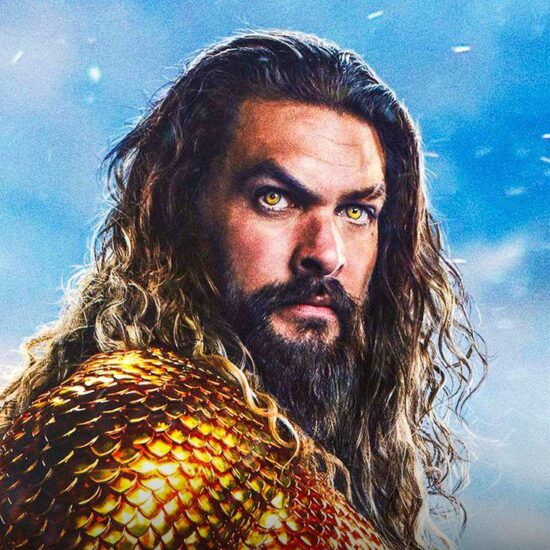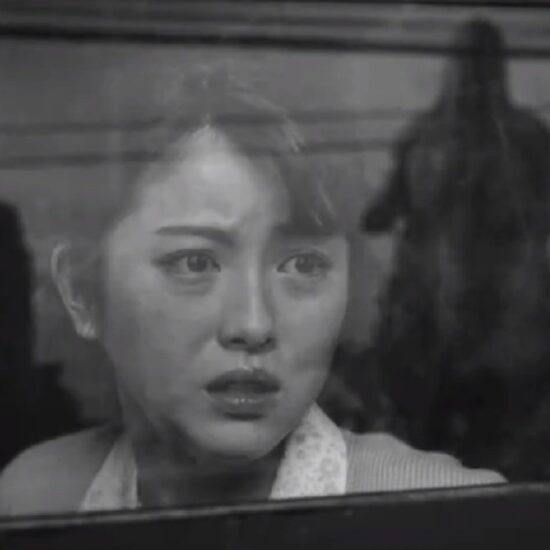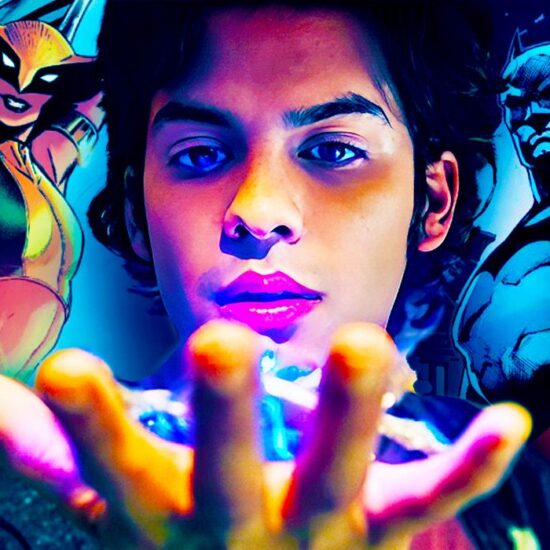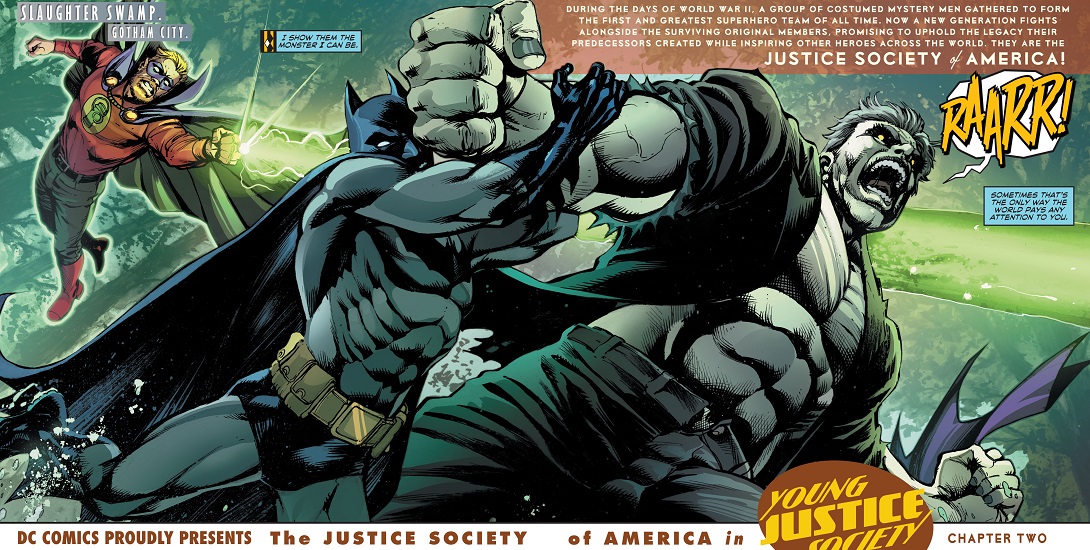
1.6K
Review: Justice Society of America #7
[Editor’s Note: This review may contain spoilers]
Writer: Geoff Johns
Art: Marco Santucci
Colors: Ivan Plascencia
Letters: Rob Leigh
Reviewed by: Matthew B. Lloyd
Summary
The Harlequin’s Son leads off Justice Society of America #7 as he describes himself as a monster which leads to the team tracking down a real monster…Solomon Grundy!
Positives
Certainly, one of the intriguing things about the Justice Society of America and The New Golden Age is the new characters. Justice Society of America #7 finally gives the reader something more on The Harlequin’s Son. With Alan Scott’s history suffering a severe retcon in Alan Scott: The Green Lantern, his erstwhile wife, Molly Mayne- The Golden Age Harlequin– gets a parallel treatment with the introduction of a son, Michael Mayne. With the changes wrought on Alan Scott’s past, it’s unclear of how much of his history from the Bronze Age up until The New 52 in 2011, especially his history with Molly, is still in play. However, this issue begins exploring where The Harlequin’s Son is right now.
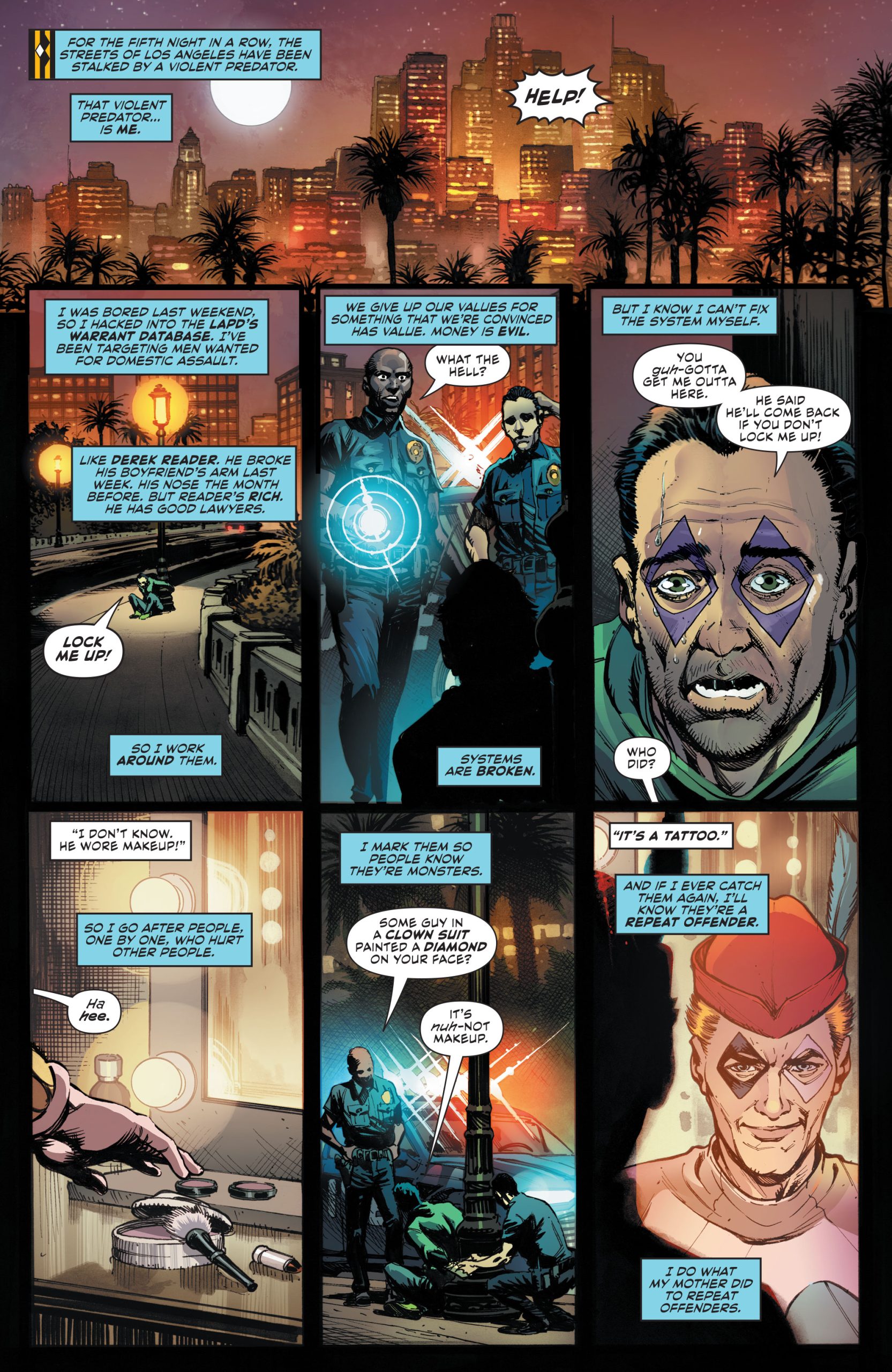
Having Helena go after Solomon Grundy as an ally (she’s already done it in the future) plays on a couple of details from past comics. The Huntress faced off against Solomon Grundy in a solo story from Wonder Woman #273, and in the ’80’s in Infinity, Inc., Alan Scott’s daughter, Jade was close with Grundy. In Justice Society of America #7, Helena calls Grundy her friend. While things don’t go as planned, the fact that the Solomon Grundy nursery rhyme is used to add some understanding is not only fun, but cleaver. Taken these elements with Grundy and the Harlequin’s son, it makes one wonder if Obsidian and Jade, Alan’s children with Rose Canton (Golden Age Thorn) are being replaced by Michael Mayne and Helena Wayne in some sense. Or perhaps, it is not Helena who is replacing Jade, but rather, Ruby Sokov. We haven’t seen much of Ruby Sokov, yet, but, not only is Ruby a precious stone that is also a color like Jade, what we do know about Ruby describes her power functioning like Jade’s as well as turning her skin red.
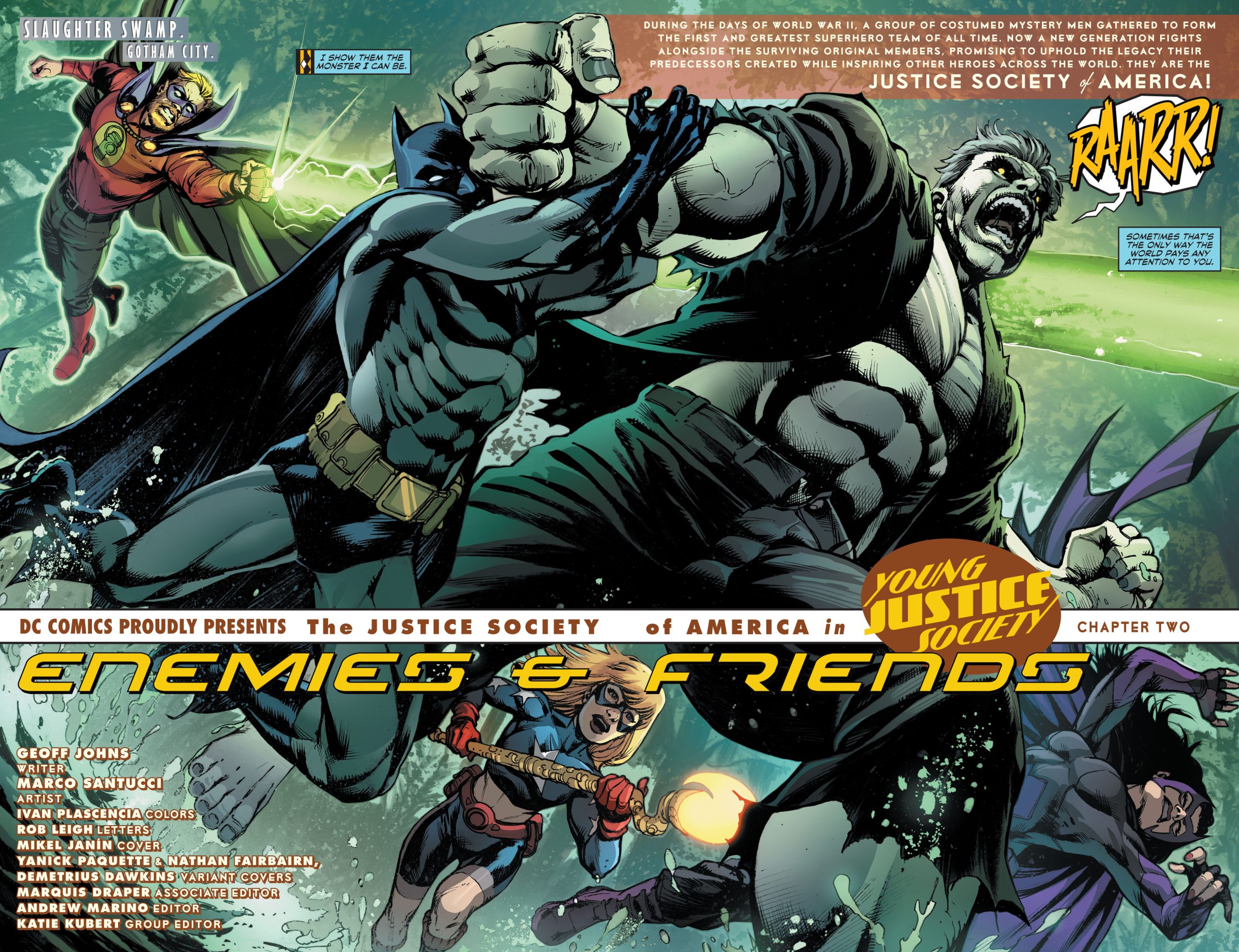
Positives Cont’d
Power Girl and Mister Terrific seek out Cameron Mahkent, the Icicle in an attempt to recruit him for the team Helena wants to put together. Power Girl is suffering mightily in her own current ongoing series. and seeing her portrayed accurately here is great, and it gives me hope that some writers actually do care about the characters they are writing. Johns also includes an appearance of Jean Loring. I’ve wanted to see her redeemed, and while it doesn’t look promising right now, there’s always a chance. Jean plays a role in Yolanda Montez’s storyline as she begins to feel Eclipso taking over.
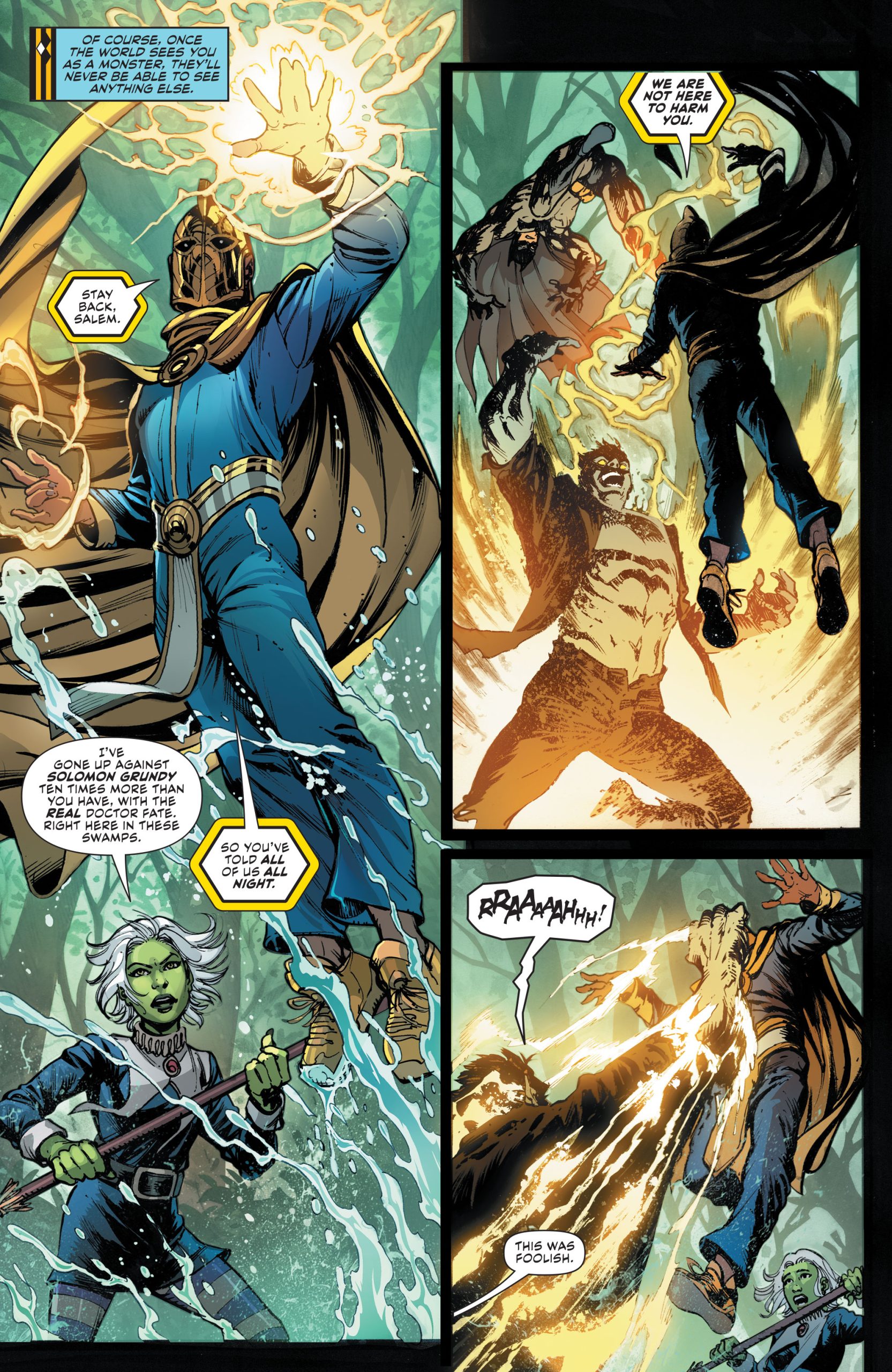
Marco Santucci turns in another great job on the art in Justice Society of America #7 in making everyone look distinct and carry the action. Santucci conveys a myriad of emotions as he is able to reveal what’s going on behind the characters’ faces. Sometimes he is describing a thought or simply keeping them in character. The meeting with Mahkent demonstrates this in a particularly deep fashion. Johns’ script is fairly sparse so Santucci handles most of the storytelling. Johns does end the issue with a surprise as he picks up another plot thread with the appearance of some heroes from the future.
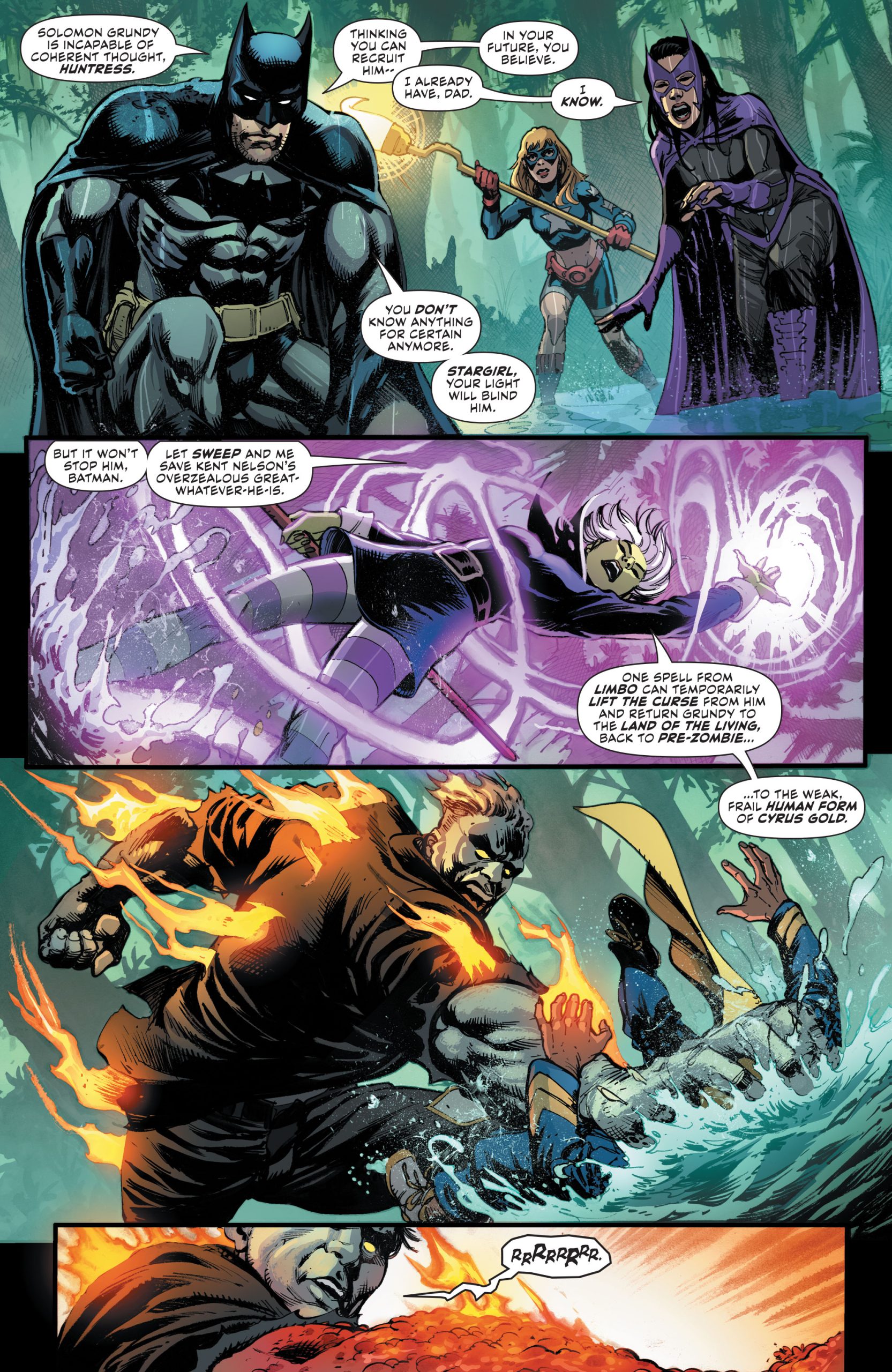
Negatives
If it turns out that Jade and Obsidian have been eliminated from continuity, it will be sad. It’s a guess at this point, but a guess that feels right. It would always help if this book were a monthly, I just need more of these characters!
Verdict
Justice Society of America continues to be a fun read for fans of these characters. Johns likes to include as much history as possible and reference bits that expand the overall scope of the story. There’s been a lot of world building since issue #1 and Justice Society of America #7 continues to add to it. It’s clear with this issue that the history of the DC Universe and the Justice Society has changed and readers can’t always count on what has happened before still being included. It’s nice that Johns tries to remind readers of what is still canon.










